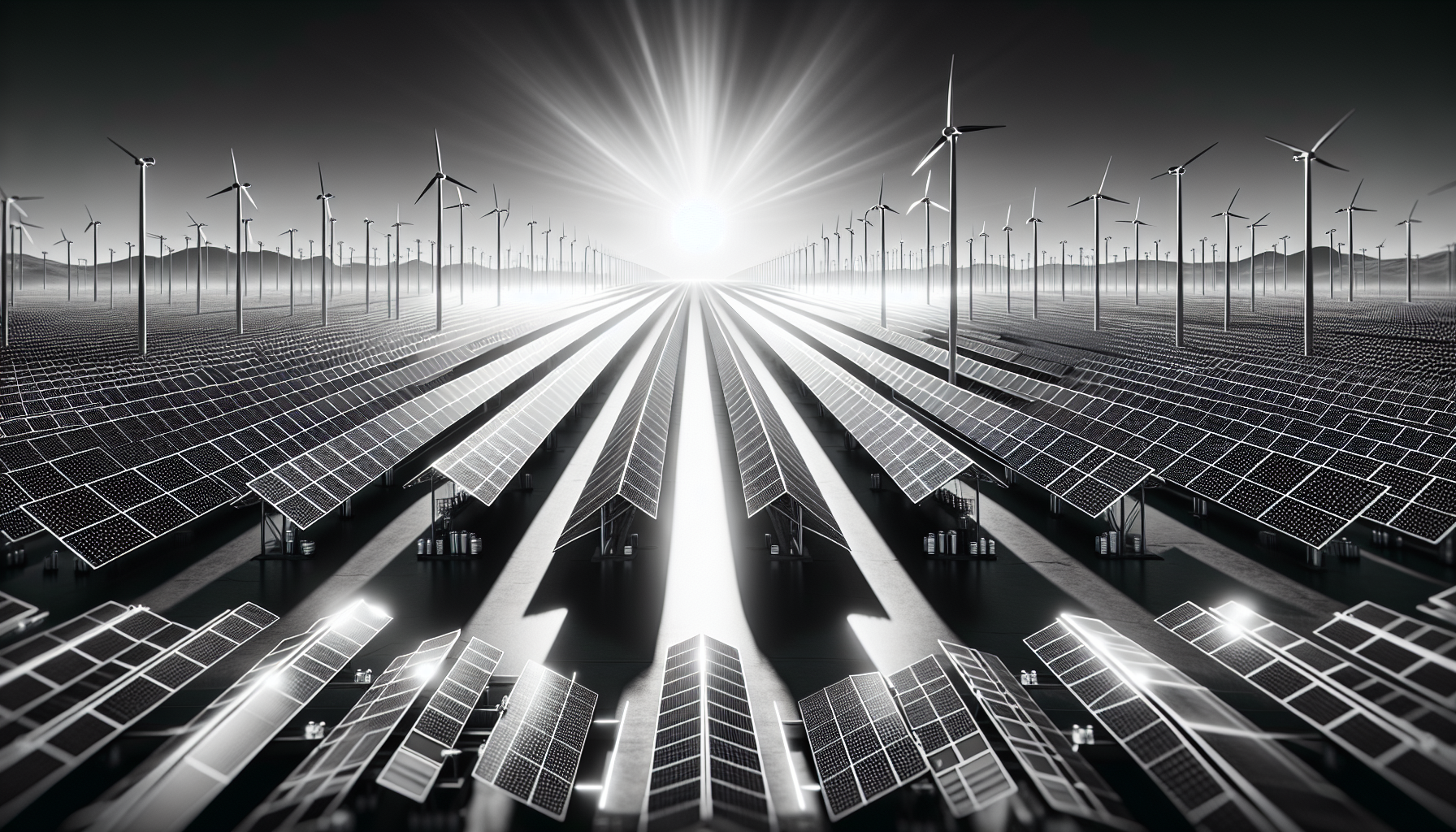A Dust-Free Future for Solar Power
Imagine a world where solar panels clean themselves, never losing power to dust or dirt. This is no longer science fiction. In July 2025, researchers unveiled a breakthrough: a self-powered cleaning technology that could boost solar panel efficiency by up to 30%. If you care about clean energy, climate change, or simply saving money, this innovation is set to change the game.
The Hidden Cost of Dirty Solar Panels
Solar panels are everywhere, from rooftops in bustling cities to vast fields in sun-baked deserts. But there's a dirty secret: dust, pollen, and pollution can slash their output by as much as a third. In places like the Middle East, India, and the American Southwest, panels can lose more energy to grime than to cloudy weather. Traditional cleaning-using water, robots, or manual labor-costs billions and often wastes precious resources.
Electrostatic Induction: The Science Behind the Spark
The new technology, developed by a team at the IMDEA Materials Institute, uses a clever trick from physics: electrostatic induction. Instead of scrubbing panels or spraying them with water, the system creates a gentle electric field across the panel's surface. This field repels dust and pollutants before they can stick, much like how a balloon rubbed on your hair can make paper jump.
What makes this system remarkable is its independence. It draws energy from the environment-wind, temperature changes, even the sun's own heat-so it doesn't need batteries or external power. The cleaning layer is made of charged micro-particles embedded in a network of tiny conductors, forming an invisible shield that keeps panels spotless.
Real-World Results: More Power, Less Maintenance
Lab tests showed up to 90% less dust accumulation. In field trials, panels treated with the new coating produced 25% more electricity over a month than untreated panels, even in harsh, dusty environments. The system shrugged off extreme heat and UV rays, proving its toughness for real-world use.
The financial impact is just as impressive. With over a terawatt of solar panels installed worldwide, the industry spends an estimated $5 billion a year on cleaning and maintenance. By making panels self-sufficient, this technology could slash those costs and make solar farms viable in places where water is scarce or labor is expensive.
Challenges and the Road Ahead
Not everyone is ready to declare victory. Experts like Dr. James Carter at Stanford point out that real-world conditions-sticky pollution in coastal cities, for example-could pose new challenges. Long-term durability and the cost of adding this technology to every panel are still being studied. But the design is modular, and early estimates suggest it would add just 5-7% to manufacturing costs.
Commercial trials are set for 2026, with mass adoption targeted for 2028. If successful, this could become the new standard for solar panel maintenance, especially as the world races to meet climate goals and solar energy's share of global electricity climbs toward 50% by 2050.
Nanotechnology: Small Particles, Big Impact
This breakthrough is a testament to the power of nanotechnology. By engineering materials at the microscopic level, scientists are solving problems that once seemed insurmountable. The self-powered cleaning system is just one example of how tiny innovations can have a massive effect on our energy future.
For solar panel owners, operators, and anyone invested in a cleaner planet, this is more than a technical upgrade-it's a glimpse of a world where renewable energy is smarter, cheaper, and more resilient. The next time you see a rooftop glinting in the sun, imagine it working harder, longer, and cleaner, all by itself.
Sometimes, the smallest sparks can ignite the biggest changes.
